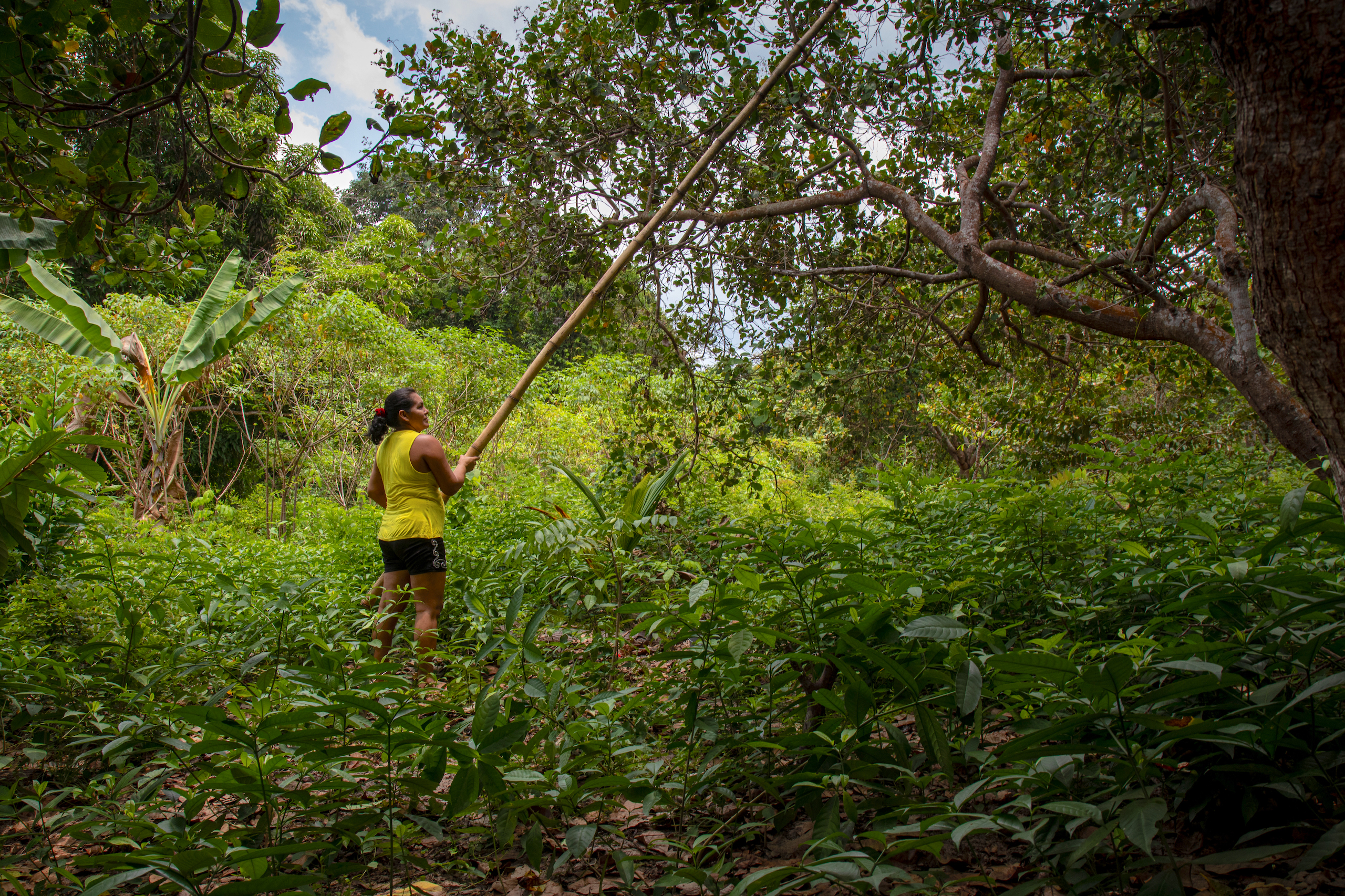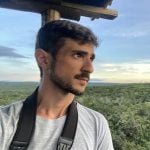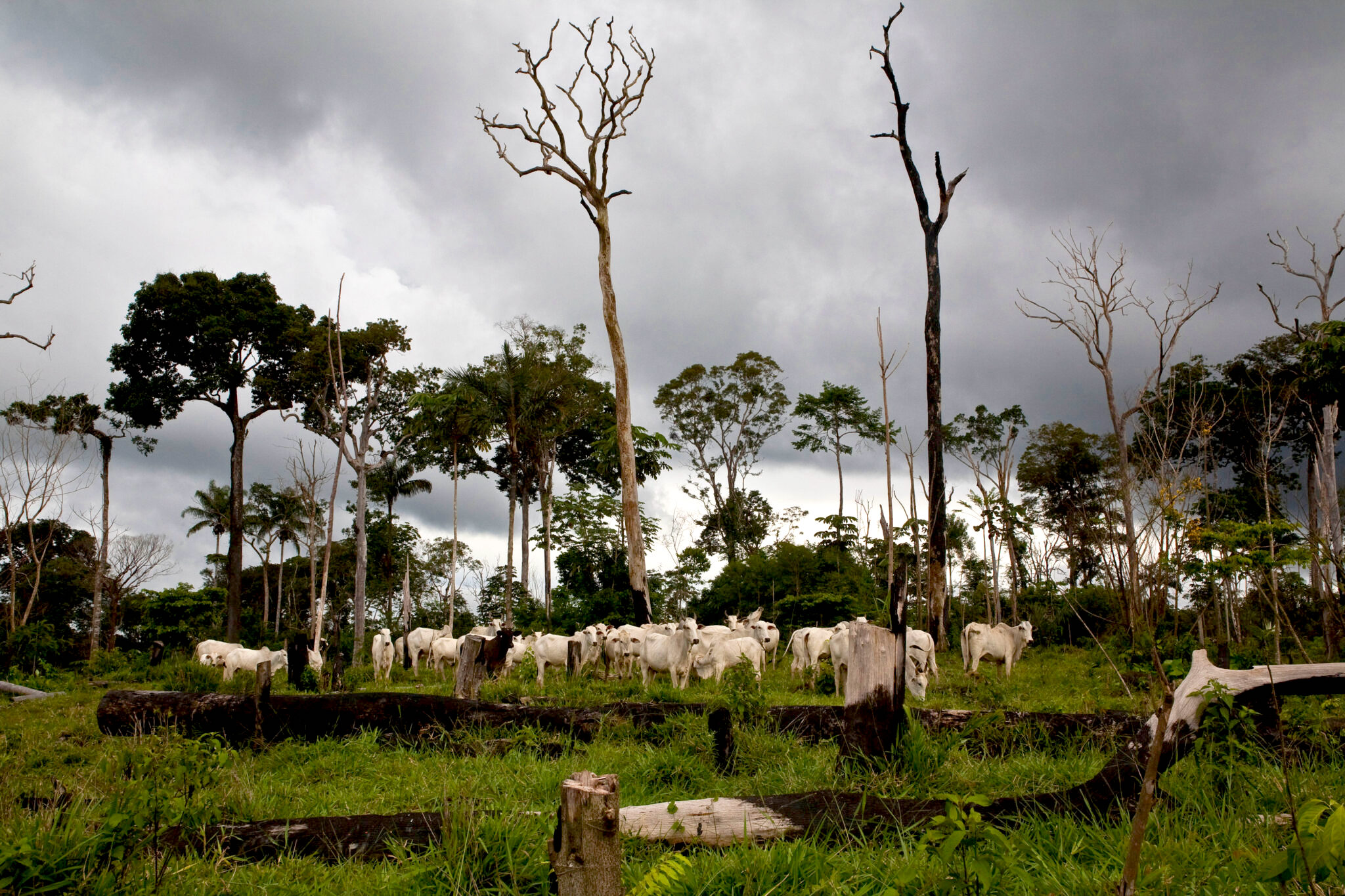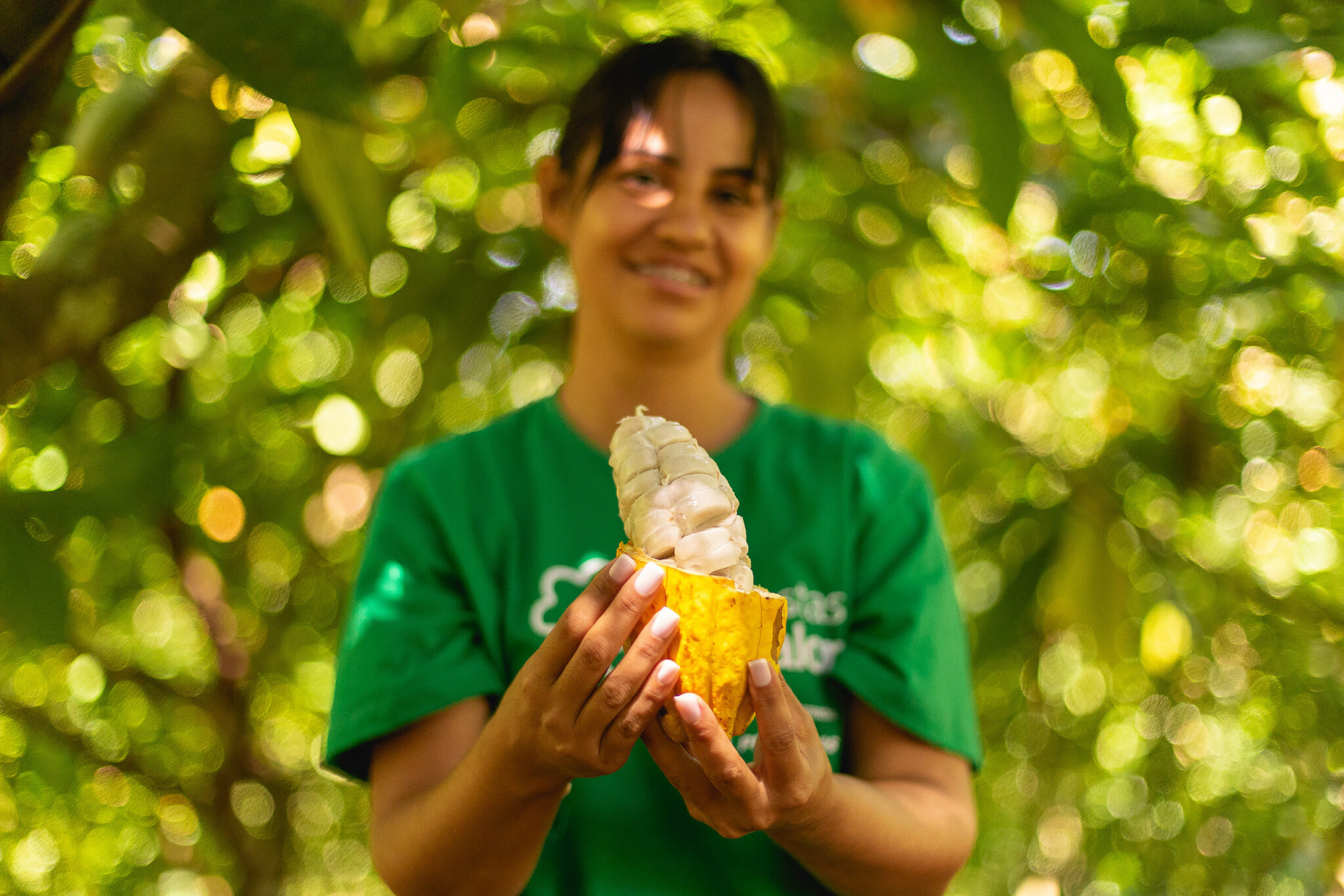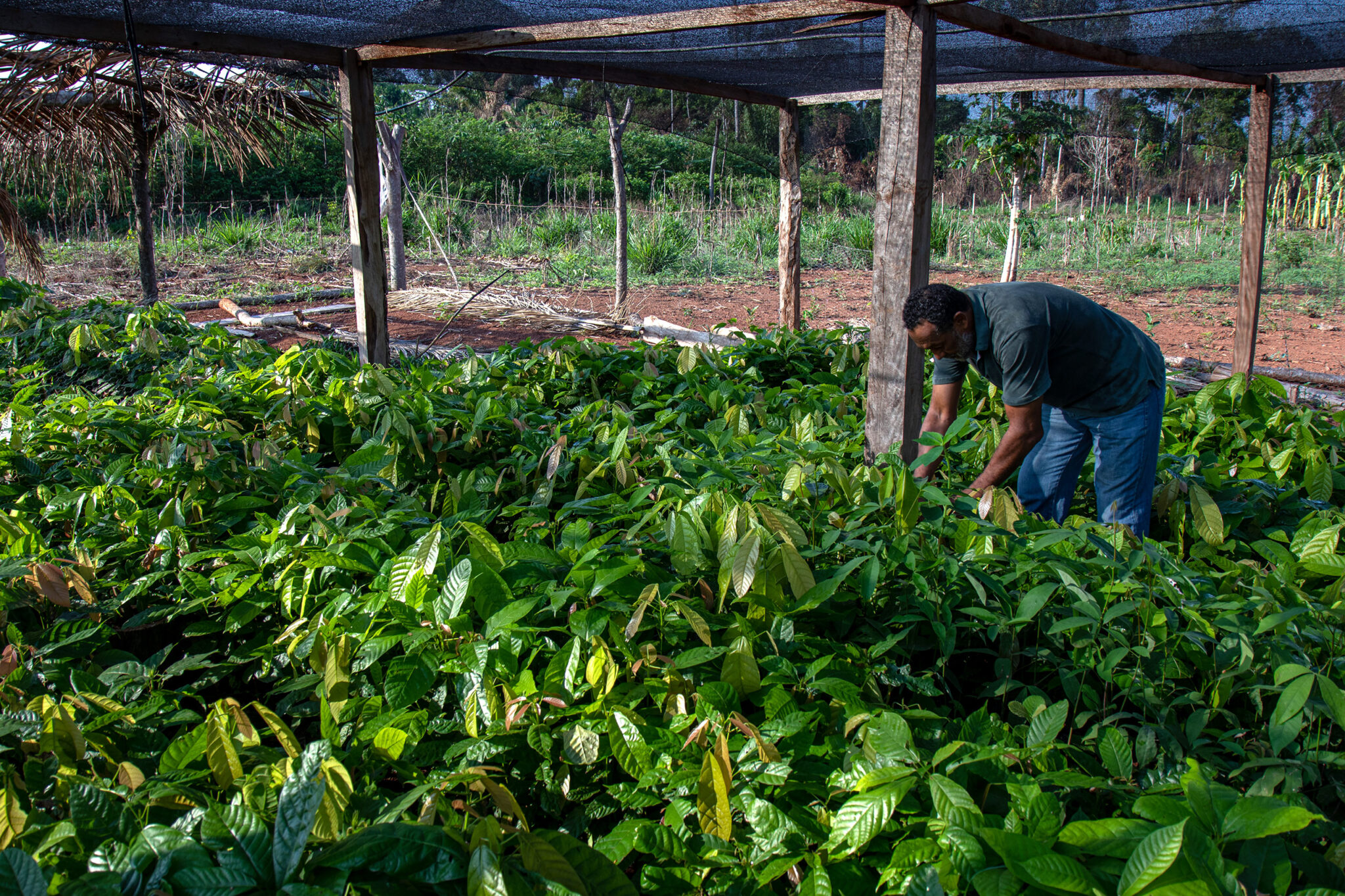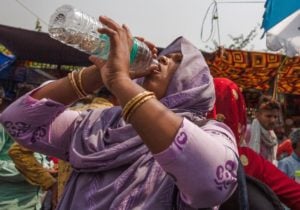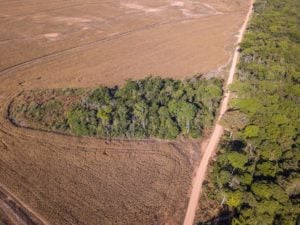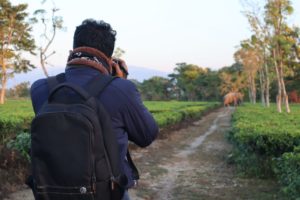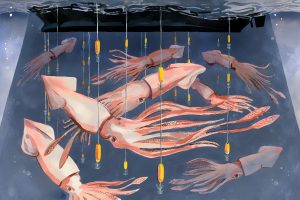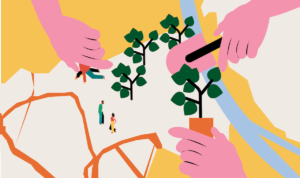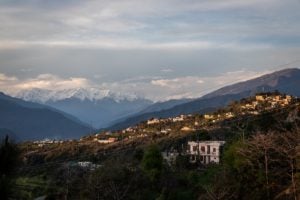São Félix do Xingu, in the Amazon state of Pará, is a place of superlatives: it is the municipality with the second largest annual greenhouse gas emissions in Brazil, the second highest rate of deforestation over the last 15 years, and the largest cattle herd in the country. It also has some of the Amazon region’s lowest levels of development.
This municipality is also something of a symbol for Pará’s broader condition. The state tops the table for deforestation in the Amazon since 2006, driven by the expansion of cattle ranching, soybean farming, and the construction of roads and ports to facilitate the flow of production to domestic and international markets.
But amid growing pressure to reverse the devastation in the Amazon, and the election of President Luiz Inácio Lula da Silva – who has promised to put environmental issues high on his agenda – there are signals that the state may be looking to take a greener turn.
In November 2022, the governor of Pará, Helder Barbalho, was part of Lula’s entourage at the United Nations’ COP27 climate summit in Egypt, where Brazil stated its intention to host COP30 in the Amazon in 2025. If the country is selected, Belém, the capital of Pará, will host the event. Barbalho also used his time at the conference to present Pará’s Bioeconomy Plan (PlanBio), which targets net-zero emissions from land use in the state by 2036.
The plan focuses on avoiding deforestation by valuing, restoring and promoting sustainable use of its biological resources – particularly its standing forests – as part of a “bioeconomy”. The state expects to invest 1.2 billion reais (US$244 million) in biodiversity-linked initiatives over the next five years, and estimates that its bioeconomy could generate annual revenue of 170 billion reais (US$34.5 billion) by 2040, roughly equivalent to the state’s current GDP.
The initiative is unprecedented at government level, with projects driving the bioeconomy largely having been led by environmental organisations and traditional communities at smaller scales.
So, is the state’s economic model – and its image as a major deforester – about to change?
For Celma de Oliveira, project coordinator for the environmental organisation Imaflora and a resident of São Félix do Xingu, there are promising developments at both the federal level with Lula’s election, and the state level with the PlanBio.
“There is hope, with this resumption of a more participative government and of ministries and councils that were dismantled,” de Oliveira says, referring to the hollowing-out of environmental agencies seen during the presidency of Jair Bolsonaro (2019–2022). “Now, civil society needs to participate in management in order for it to function.”
Cattle, soy and small producers
Cattle ranching and soybean farming have increasingly come to dominate the landscape in Pará, with pastures and plantations growing ever more extensive at the expense of the state’s forests.
Soy crops occupied 849,000 hectares of land in Pará in 2022, an increase of 70% on the planted area in 2017. Meanwhile, the state has the second largest cattle herd in the country, with 26.7 million head and a rate of 1.5 head per hectare, considered to be relatively low productivity.
“This stocking rate of Pará cattle is very low and would need to be dramatically improved to avoid it having to grow every year by land expansion,” says Sérgio Leitão, founder and executive director of the Escolhas Institute, which carries out studies focused on sustainable development.
Amid this continued expansion, many small-scale farmers in Pará are doing their best to resist the temptation to turn to soy and cattle production, and to clear land to make way for them.
Farmers are unable to generate enough income to diversify their production
Maria Josefa Neves, 51, owns a rural property in the community of Tancredo Neves, 120 kilometres from the centre of São Félix do Xingu. On one of her 12 hectares, on land that was once pasture, she practices agroforestry, planting a variety of native crops such as manioc, cocoa and acerola, a cherry-like fruit.
On the rest of the property, Neves allows the natural vegetation to regenerate. “I live in the middle of the bush, and monkeys come right up to the edge of the house,” she says.
The area around where she lives, however, is all deforested.
Neves is president of the Association of Women Producers of Fruit Pulp (AMPPF), founded in 2012. She grows pigeon peas and fruit in parallel with other trees, adopting techniques that make use of shade and help to ensure the necessary nutrients for the soil without applying chemicals, instead making use of homemade bio-fertilisers. Neves supplies fruit pulp to schools in the region.
The AMPPF has 55 members, who for the past three years have been selling their fruit pulp to the federal government, which in turn distributes it. This partnership has seen strong progress: their contract with the authorities this year rose to 351,000 reais (US$71,000), up from 231,000 reais (US$47,000) in 2022.
However, to scale up and open to new markets, the association needs investment. For example, it currently has only a small cold room for storing its production and one refrigerated truck to transport it.
Celma de Oliveira says that a lack of dedicated public policies inhibits the expansion of agro-ecological producers such as the AMPFF, and that one of the main problems such initiatives face is a difficulty in accessing credit.
“There is specific credit for the agroforestry system, but the banks put up a series of obstacles, so the farmers are unable to generate enough income to diversify their production,” says de Oliveira, who provides assistance to the AMPFF via Imaflora. She adds that it is “much easier” to get credit for livestock.
Pará state’s environment secretary, José Mauro O’de Almeida, agrees that it is necessary to create better conditions for these products to be marketed: “We have good initiatives in agro-forestry, bio-jewellery, bio-cosmetics, bio-products in general, but they are not gaining scale.”
For this, Almeida says it is necessary to improve infrastructure, logistics and industrialisation, while keeping the processing of the product in the region. “In Paris, you can buy freeze-dried açaí powder at 200 euros a kilo. It has high added value – much higher than soy – but it is necessary for there to be industrialisation,” he says.
PlanBio is expected to respond to some of these demands in an attempt to limit the expansion of the agriculture frontier, O’de Almeida claims. The plan highlights the importance of a sustainable economic model, and will reportedly see the creation of “entrepreneurship centres” in five regions of the state, as well as a “bioeconomy museum” and a “forest knowledge school”.
According to the secretary, some of the first financing for these initiatives may come from the Inter-American Development Bank, which will provide US$300 million towards the state’s climate and decarbonisation efforts. The first instalment is expected to be paid in October, though the amount specifically allocated to the PlanBio has yet to be defined.
State government plays both sides
Despite the greener turn signalled in recent announcements, agribusiness will likely remain a key industry and vital source of income for Pará and its government – and a possible source of tension with its bold bioeconomy ambitions.
In 2022, agricultural exports from the state reached a value of US$3 billion, a 70% increase on the previous year. The main commodities were soybeans, beef, and forest products such as wood, charcoal and paper.
According to Ministry of Agriculture data, China was the main international destination for Pará agribusiness, followed by the United States, the Netherlands and Spain. The Asian nation accounted for US$957 million of exports – a third of the total – with meat and soybeans representing 92% of this value.
In April, Governor Barbalho joined Lula during the president’s state visit to China, where an agreement was reached over the construction of a railway connecting south-east Pará to the port of Barcarena, on the state’s north coast. The project, set to be built by China Communications Construction Company (CCCC), will help transport commodities to international markets, including China, and will see an estimated investment of 7 billion reais (US$1.4 billion).
Meanwhile, cattle ranching businesses in the state received almost 210 million reais (US$42.6 million) in tax waivers in 2021. But the activity, says Leitão, “receives a lot and offers little in terms of productivity and efficiency from an environmental standpoint”.
In 2021, 85% of greenhouse gas emissions in Pará came from land use change, mainly deforestation driven by agriculture’s expansion, with 11% coming directly from farming and livestock activities themselves, according to data from the Climate Observatory, a Brazilian climate science network. Altamira, also in Pará, and São Félix do Xingu are the municipalities with the highest greenhouse gas emissions in the whole country.
Altamira is also home to the Riozinho do Anfrísio Extractive Reserve, a protected sustainable production area that is part of the territory of the Indigenous Xingu people. Just like the fruit pulp producers in São Félix do Xingu, the workers of Riozinho do Anfrísio are under pressure from the advance of deforestation.
The expansion of land clearance towards the reserve, where Brazil nut, copaiba oil and rubber are harvested, has become a major concern for Pedro Pereira, one of its residents. But in recent months, he has noticed a decrease in the number of invasions of the territory, possibly as a result of the efforts of the new Lula government to resume the fight against environmental crimes. In April, Governor Barbalho and Marina Silva, Brazil’s environment minister, signed a cooperation agreement to improve environmental enforcement, forest management and land use in Pará.
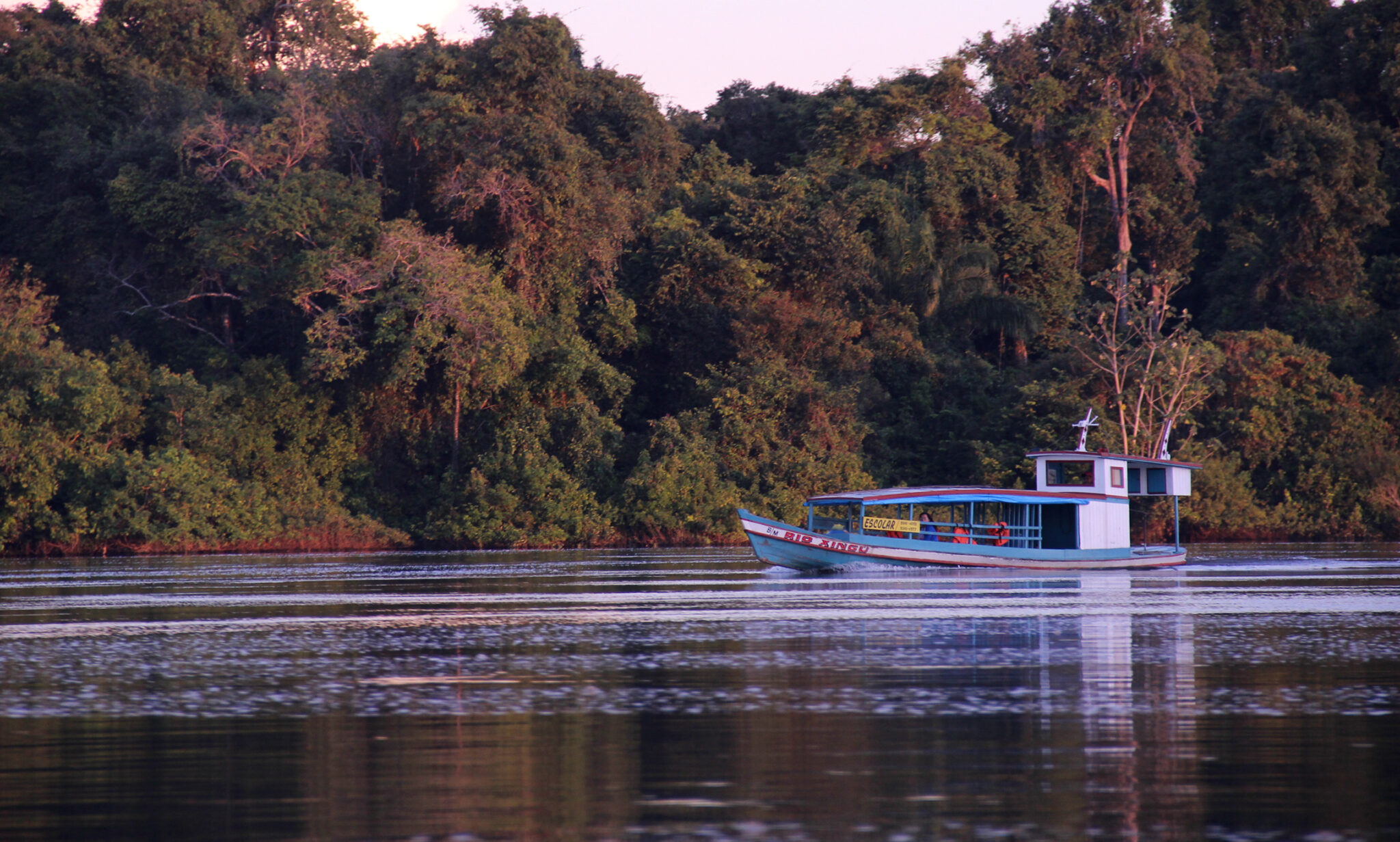
The producers of Riozinho do Anfrísio have shown that it is possible to generate income while keeping the forest standing. With the support of Origins Brazil – a network coordinated by Imaflora and the NGO Instituto Socioambiental (ISA) that encourages sustainable businesses in the Amazon – they have negotiated improved terms with companies that buy their products. Not only do they obtain fairer prices, but the companies also cover the logistical costs of the business.
“Before, rubber went for 70 centavos [US$0.14] a block, and today it is 13 reais [US$2.64], a huge change, and with a contract that gives us security,” Pereira says.
In the Xingu territory, Origins Brazil has almost a thousand registered producers, who, since 2016, have collectively generated 9.5 million reais (US$1.9 million] through the trade of their bio-products. In 2022 alone, revenue was 2 million reais (US$400,000).
But this revenue from the bioeconomy could be much higher, according to a recent study by the Escolhas Institute, which assessed the possible income from the recovery of degraded areas and, therefore, the planting of native species that could be exploited by producers.
Their research estimated that the reforestation of 6 million hectares – an area roughly the size of Croatia – could create 1 million direct jobs, generate 13.6 billion reais (US$2.7 billion) in revenue and reduce the poverty index in Pará by 50%. The jobs would be generated by labour in seed collection, seedling production, planting, maintenance and monitoring of the activity.
According to the institute’s Leitão, a much-discussed bottleneck for the bioeconomy is the low level of productivity. But he points out that replanting forests together with other activities of lesser impact, such as horticulture produced by family agriculture, could expand its reach. “This creates a space for jobs, income generation and fighting poverty, and the necessary time for the scale of other activities to appear,” says Leitão.
Pedro Pereira is also excited about the prospects. His main challenge now is not the invaders, but the expansion of his production. He hopes that his community will be able to negotiate with more companies to sell the surplus production. But, for him, the preservation of the environment goes beyond an income opportunity.
“The forest is everything to us,” says Pereira. “It’s where we get our family’s sustenance from, all our food, our money. It is the source of water. Without the forest, we are nobody.”
